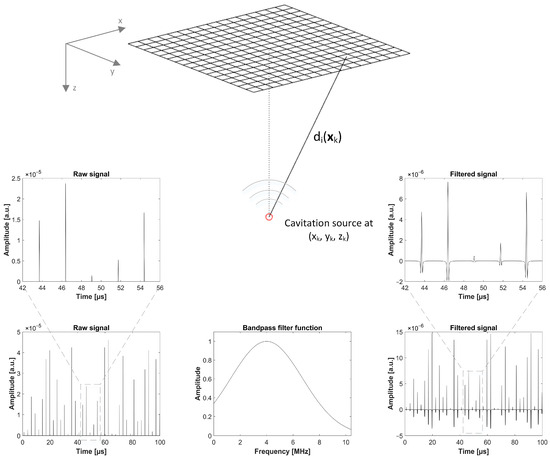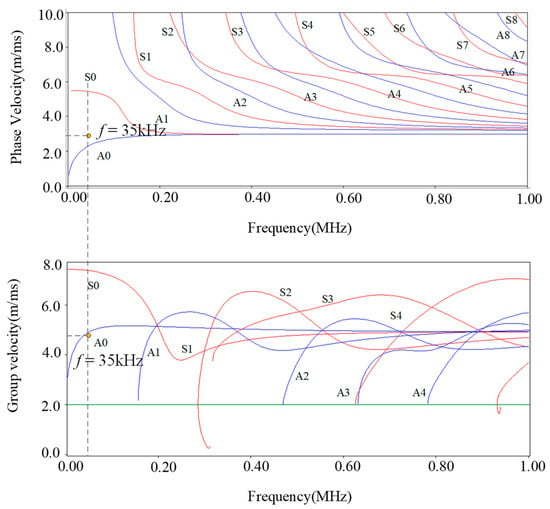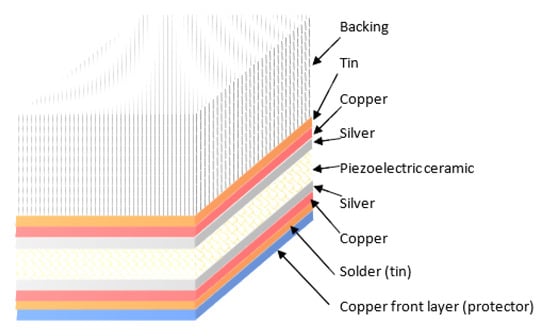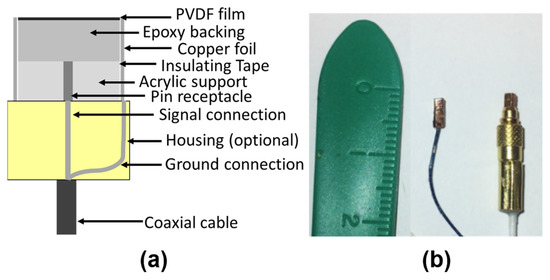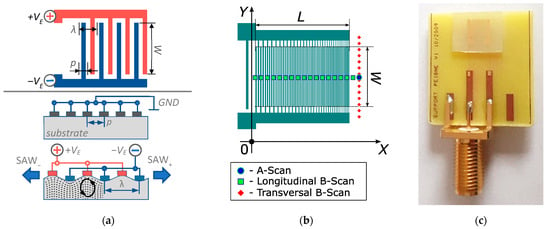Ultrasound Transducers
A topical collection in Sensors (ISSN 1424-8220). This collection belongs to the section "Physical Sensors".
Viewed by 18838Editors
Interests: micro/nanofabrication of smart materials and structures; ultrasound sensors and transducers; ultrasound imaging, therapy and sensing; sensors and transducers for extreme environments
Special Issues, Collections and Topics in MDPI journals
Interests: piezoelectric ultrasound transducers; multi-frequency ultrasound transducers; optical ultrasound sensing; biomedical ultrasound imaging and therapy; quantitative ultrasound for intelligent diagnosis
Special Issues, Collections and Topics in MDPI journals
Topical Collection Information
Dear Colleagues,
Acoustics has profoundly affected today’s world in a broad range of technologies, including underwater sonar, audio communication, industrial non-destructive testing (NDT), industrial sensing, chemical and biological sensing, smart city, precision actuation, material processing and manufacturing, medical imaging, medical therapy, etc. Ultrasound transducers, such as the converter between mechanical vibrations and electrical signals, have met unprecedented challenges for such a broad range of applications. This Topical Collection aims to bring together recent research and developments on materials, design, fabrication, multiphysics transduction, characterization, system integration, and applications of ultrasound transducers.
In this Topical Collection, we look forward to receiving papers on a wide range of research topics, including but not limited to the following themes:
- Ultrasound transducer materials/metamaterials and structures;
- Design and fabrication of various ultrasound transducers, such as piezoelectric, CMUT, PMUT, PC-MUT, and other types of transducers and transducer arrays;
- Ultrasonic-wave-involved multi-physics transduction, including photoacoustics, optical fiber-based ultrasonic sensing, micro-ring ultrasonic sensing, magnetoacoustic tomography, etc.;
- Transducer characterization technologies;
- Integration of ultrasonic systems, including electrical excitation, signal processing, impedance matching, ASIC, etc.;
- Applications of ultrasound transducers, including biomedical imaging, therapeutic intervention, NDT, acoustic tweezing, smart electronics, ultrasound gene transfection, acoustic-assisted manufacturing, etc.
For this Topical Collection, you are welcome to submit review articles or original research associated with ultrasound transducers and their applications. There is a particular interest in papers with novel designs of ultrasound transducers and ultrasonic applications in biology and medicine.
Prof. Dr. Xiaoning Jiang
Dr. Jianguo Ma
Collection Editors
Manuscript Submission Information
Manuscripts should be submitted online at www.mdpi.com by registering and logging in to this website. Once you are registered, click here to go to the submission form. Manuscripts can be submitted until the deadline. All submissions that pass pre-check are peer-reviewed. Accepted papers will be published continuously in the journal (as soon as accepted) and will be listed together on the collection website. Research articles, review articles as well as short communications are invited. For planned papers, a title and short abstract (about 100 words) can be sent to the Editorial Office for announcement on this website.
Submitted manuscripts should not have been published previously, nor be under consideration for publication elsewhere (except conference proceedings papers). All manuscripts are thoroughly refereed through a single-blind peer-review process. A guide for authors and other relevant information for submission of manuscripts is available on the Instructions for Authors page. Sensors is an international peer-reviewed open access semimonthly journal published by MDPI.
Please visit the Instructions for Authors page before submitting a manuscript. The Article Processing Charge (APC) for publication in this open access journal is 2600 CHF (Swiss Francs). Submitted papers should be well formatted and use good English. Authors may use MDPI's English editing service prior to publication or during author revisions.









